When you take up the flute, or any instrument for that matter, it is really important not to allow yourself to slip into bad habits. There are many common flute fingering mistakes but here are the five most common ones!
During my career I have had many students come to me with bad habits that can take a long time to fix, depending on how many hours they have spent reinforcing them. Using wrong fingerings, developing a wonky embouchure or not standing with correct posture, can lead to many difficulties down the line… even if it seems easier now! I thought it would be good to talk about the five most common fingering problems I see and how you can easily fix them.
So what are the 5 most common flute fingering mistakes?
Mistake Number 1
Perhaps the most common problem I see is leaving the top finger (first finger in left hand) down for the middle D and Eb. I cannot tell you how many times I see this, but it is vital that this finger stays up. If you have your flute on you now, why not experiment? First of all, play your D with the top finger down and then play it with the finger up. Hear the difference? Your tone will be a lot clearer with this finger up!
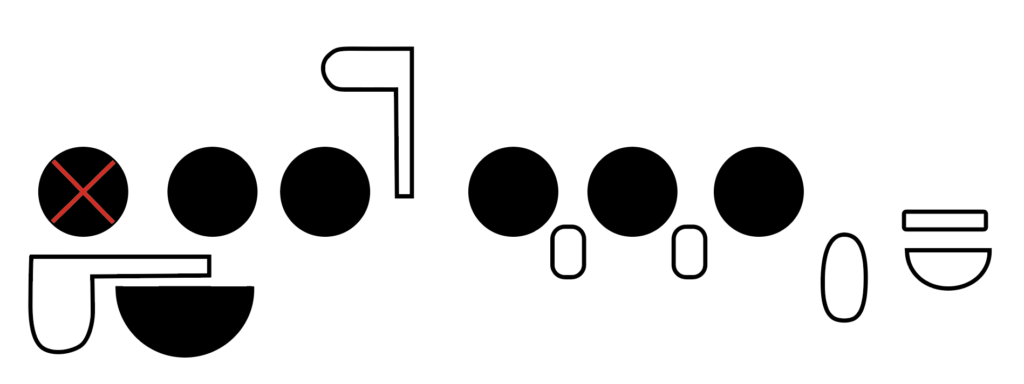
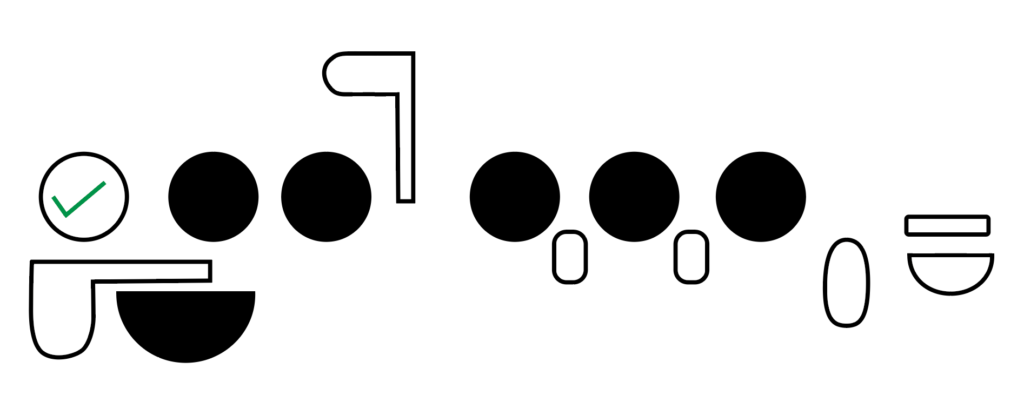
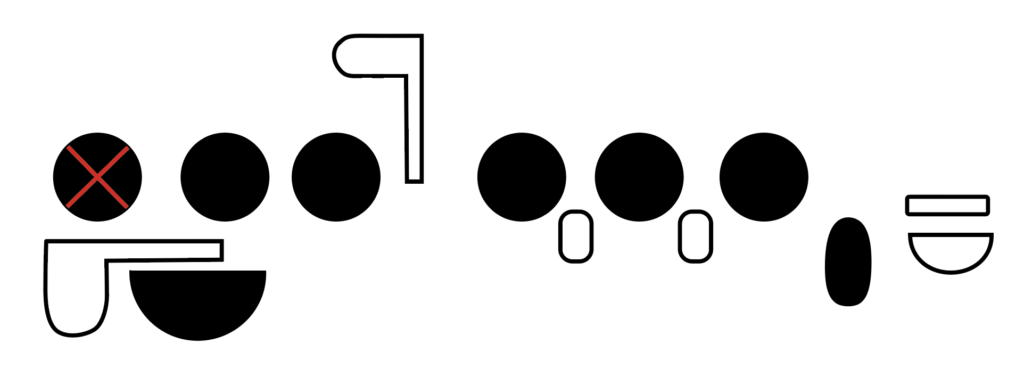

Mistake Number 2
The second most common mistake I see is students not using the pinky finger in their right hand. This finger should be down for every single note except a few, such as middle D (where if it is put down it becomes D sharp!). Having your pinky finger down, not only improves the tuning of your notes but it will also help you with keeping the flute stable!
Mistake Number 3
High D fingering is another note that often causes problems. It is the first third octave note that we learn which actually requires a different fingering to produce accurately. Prior to this you will have learnt C and this keeps the same fingering as the lower octaves, but is produced using faster air speed and changing the direction of your air. For high D you must ensure that your right-hand pinky finger goes down and that fingers 1, 2, and 3 in the right hand come up. Again, experiment, try playing it with the fingers down and now play with the fingers up! Hear the difference?
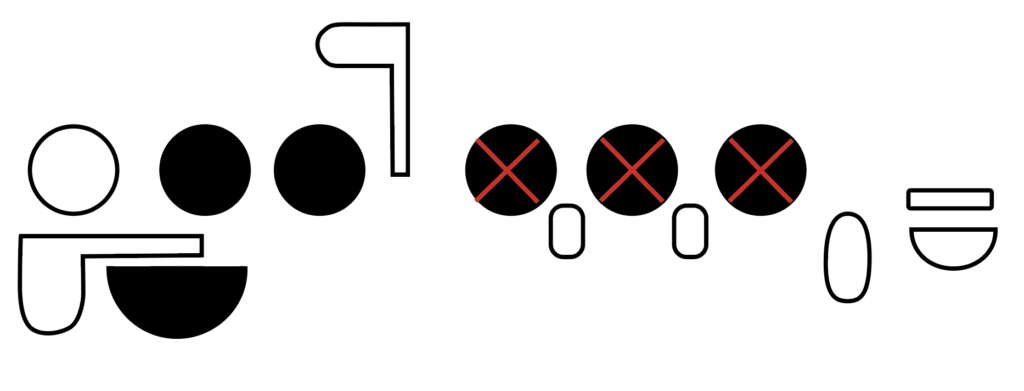
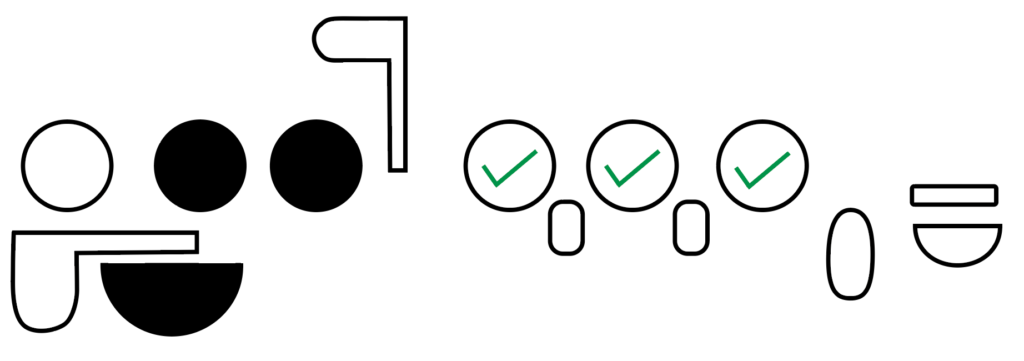
Mistake Number 4
Another common problem is using the wrong fingering for F sharp. I have often seen students using the 2nd finger in their right hand to play this. Using this fingering will produce an F# that lacks colour and will also be flat! Ensure that you use the third finger in the right hand to produce a beautiful, in tune, F sharp.
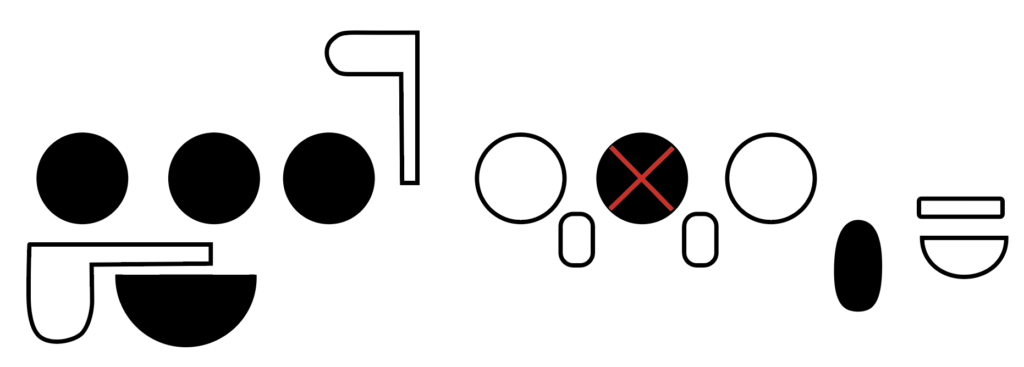
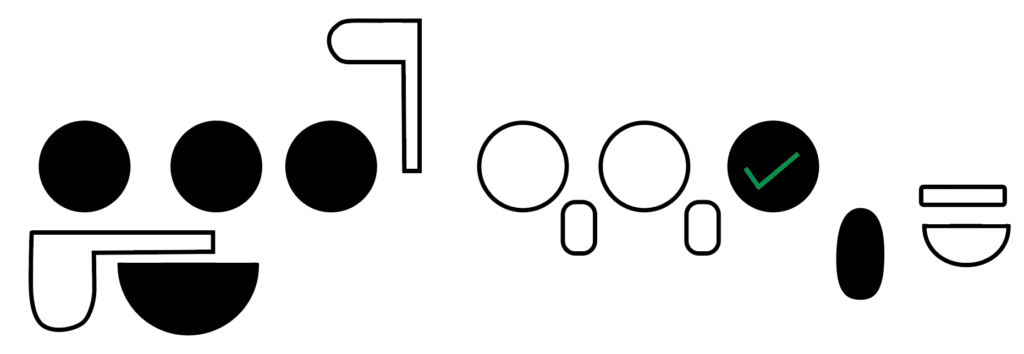
Mistake Number 5
Finally, another common mistake I see is students leaving their B flat thumb key down when playing the third octave F sharp. Doing this will produce a very airy and out of tune note that is difficult to produce. It is vital that the thumb slides across to its usual position before playing this note. If you find this hard to remember, why not mark it in the music when to remove your B flat thumb key. You will begin to remember it without the marking in no time!
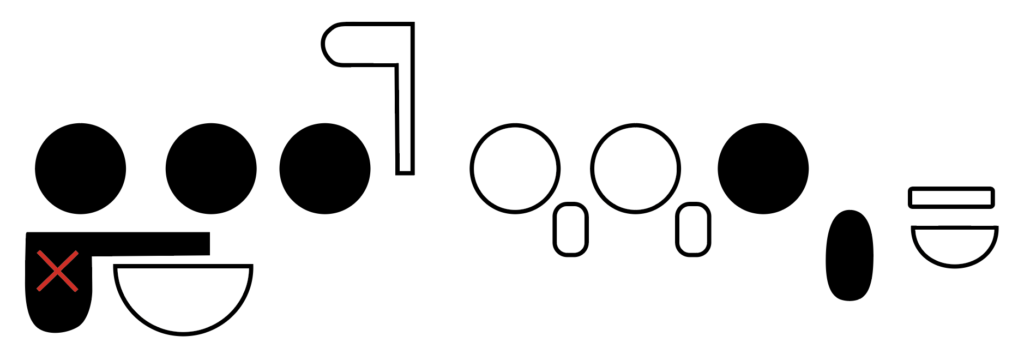
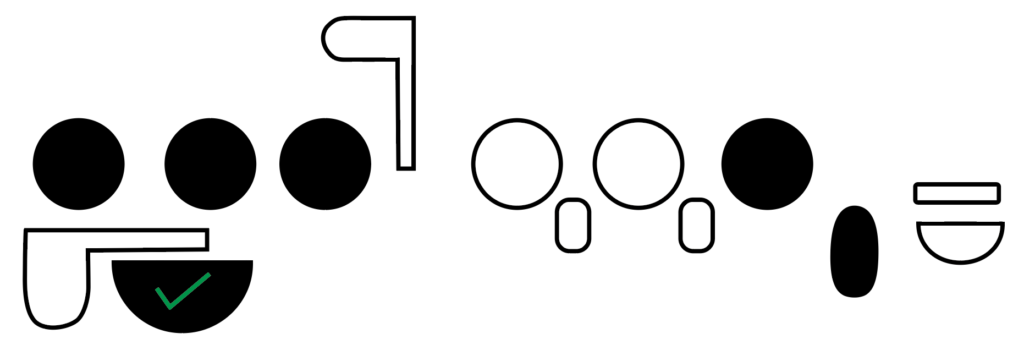
What are the most common mistakes you see with fingering? Or perhaps you have had to retrain yourself out of some of these habits? Would love to hear your thoughts!
If you are interested in reading any more of my blog posts then take a look here!
